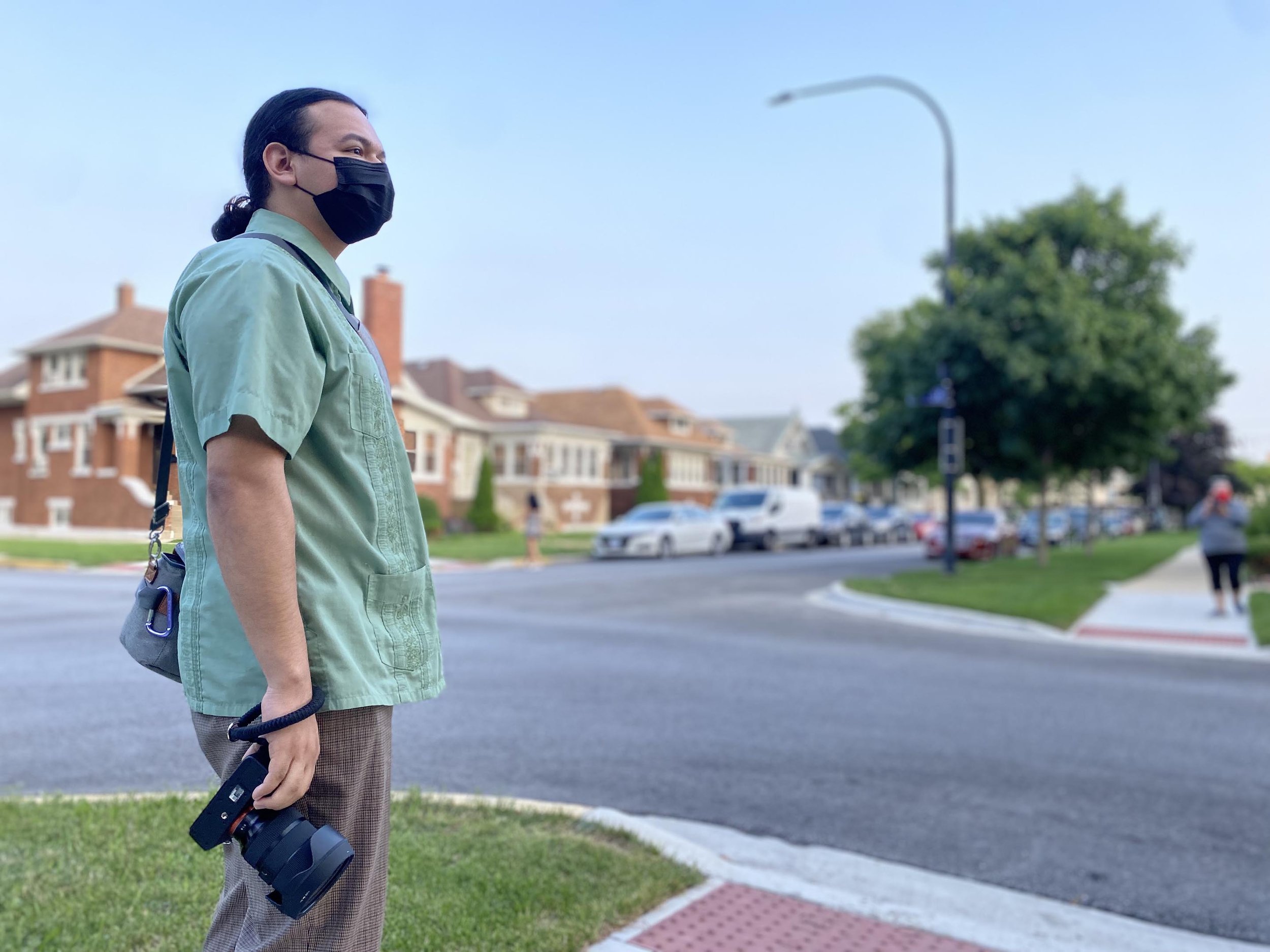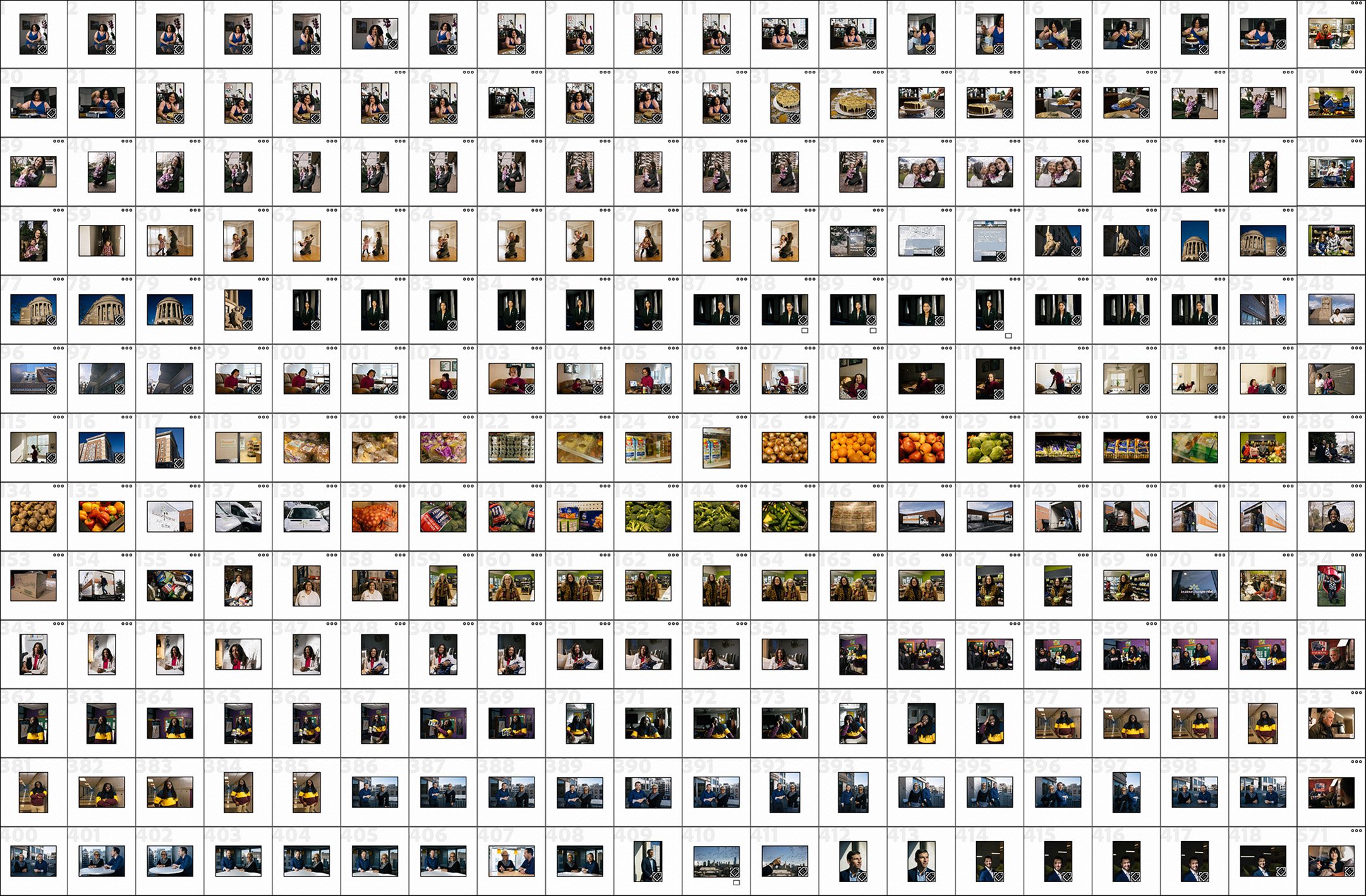
Sourcing Images
Transparent By-Lines
To start, no matter the source, newsrooms should clearly communicate where an image originated by placing a by-line below the image. This helps establish authenticity and promote transparency.
Here are some examples of photo by-lines:
Images taken by a staff reporter or photographer: Jeremy Turley/Flatwater Free Press
Image taken by a freelance photographer: Joseph Saaid for Flatwater Free Press
News Wire images: Erin Hooley/Associated Press
Handout images: Courtesy photo via [source]
Stock Photography sites: Unsplash stock photo
Creative Commons license: Soumil Kumar via Wikimedia Commons
AI-Generated images: AI-generated image via Leonardo.Ai
If the image is stock or AI-generated, we recommend including a description of how the image was created or why the newsroom decided to use it. This is not standard practice, but we recommend it because offering additional disclosures promotes transparency and trust. Reference our Decision-Making Framework below when considering such use.
Stock Photography
Stock photographs are images available for commercial and editorial uses. Newsrooms might use them on websites and social media, in print and newsletters and through other audience engagement efforts. The fee for an image will vary depending on how the image is used, including limitations like ‘online only’ or ‘editorial only.’
Even if an image is free, its use is still typically governed by a license (the rights granted for publication). The most common – and secure – free stock photography licenses are Creative Commons, which have a variety of stipulations about attribution and use.
If a newsroom publishes an image for which they don’t have a proper license, they may be sued or be required to pay an elevated licensing fee. Ensuring that visual decision-makers understand licensing and copyright will help newsrooms avoid these unexpected costs. To better understand copyright law, this course is a great place to start.
See our section on vetted Stock Photography resources.
Sourcing Photojournalism
While some stock photography sites do have photojournalism in their libraries, they do not follow the same ethical standards as news wire photo agencies like the Associated Press, Reuters and Getty Image News. Their libraries of politicians, celebrities and other public figures can aid local newsrooms’ visual needs for city, state or national stories.
These services require subscriptions and can be cost-prohibitive, but they are the most reliable options for licensing authentic and accurate photojournalism.
For newsrooms with small budgets, we recommend building bespoke photo libraries of individuals who frequently appear in reporting. For example, if your newsroom doesn’t have a staff photographer, hire a freelancer to attend a city council meeting or state legislature session to photograph multiple public figures in one setting.
Reference our section on building search-optimized image libraries to learn how to organize and easily find those images when needed in the future.
Handout Images
If newsrooms use an image provided by a source, it’s important to obtain permission to use that image, preferably in writing from the person who took the picture. Newsrooms should take extra steps to obtain written permission if the image was taken by a professional photographer who may require a licensing fee.
Handout images may be free, but they don’t live up to photojournalistic standards if they were…
digitally altered with an app like FaceTune
AI-generated
staged (other than portraits or selfies)
Newsrooms using handout images should do their best to vet them by asking the source questions about their origin, like where the images were taken, who is in the photos, if people knew they were being photographed and whether the images have been enhanced or edited in any capacity.
Artificial Intelligence-Generated Images
As AI image generation becomes more accessible and sophisticated, newsrooms must consider the risk of using free or low-cost photorealistic images.
Audiences often react poorly when AI images are used for news stories. An AI-generated image in an article might disintegrate trust, and audiences may begin to view genuine images in other articles as fakes.
We recommend newsrooms be selective with how they deploy AI-generated images, perhaps reserving their use for marketing or illustrations only.



